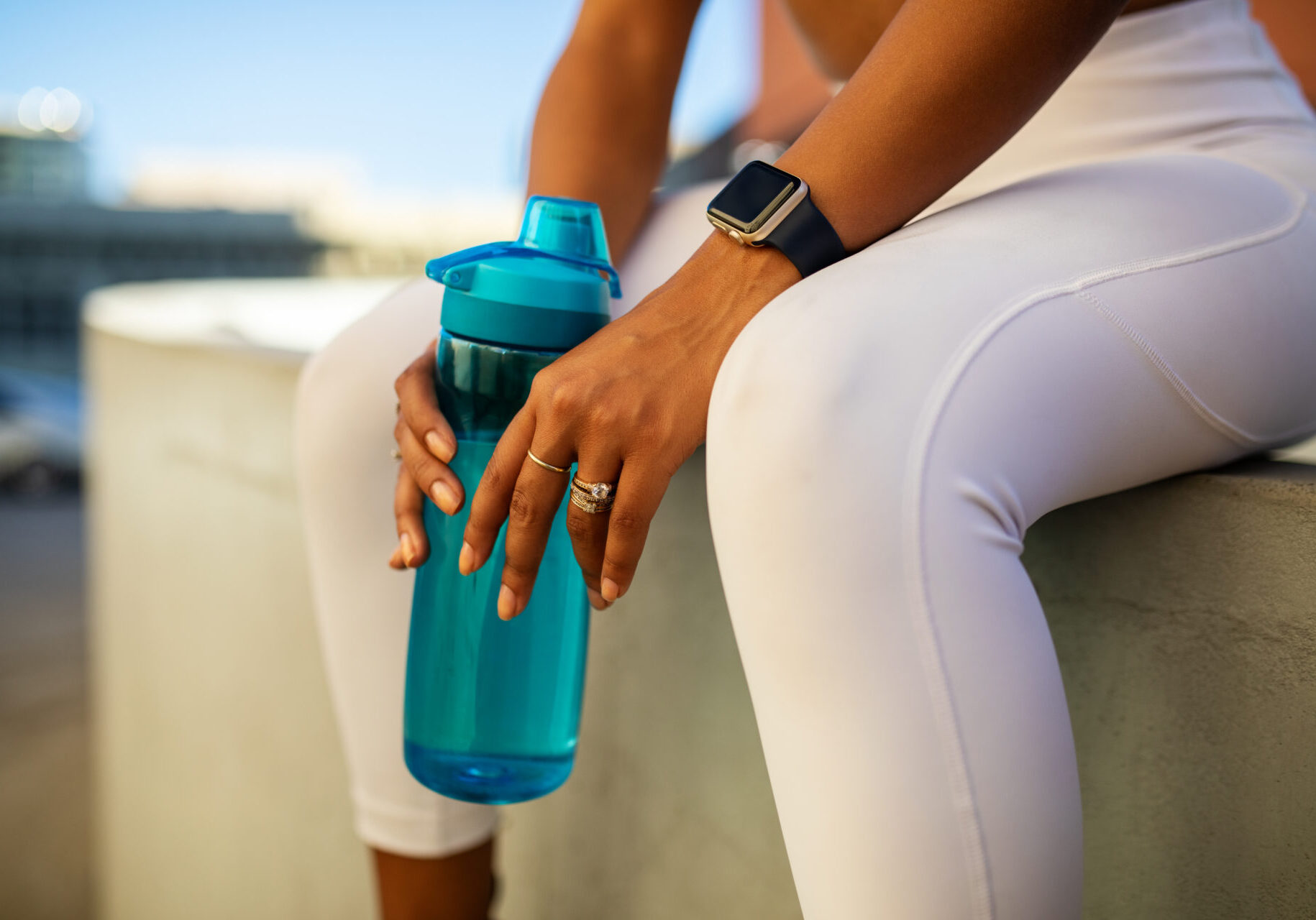Optimize Your Hydration Today
Reach out to us today and let Hydrate 2 Optimum guide you to better hydration and improved well-being. Whether you have questions, need support, or want to learn more about how our technology can enhance your hydration habits, our team is here to help. Contact us now to get started on your journey to peak hydration!


